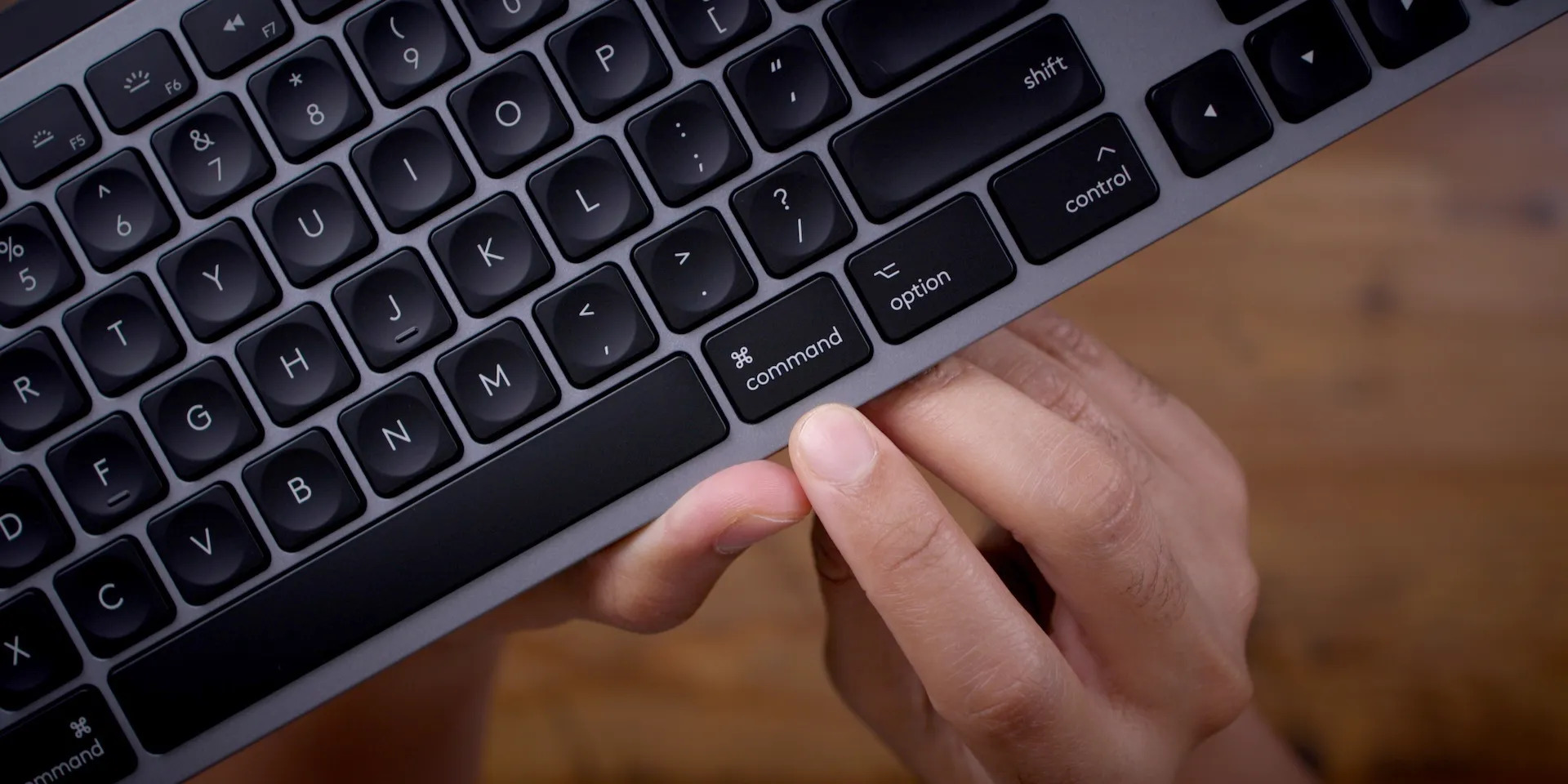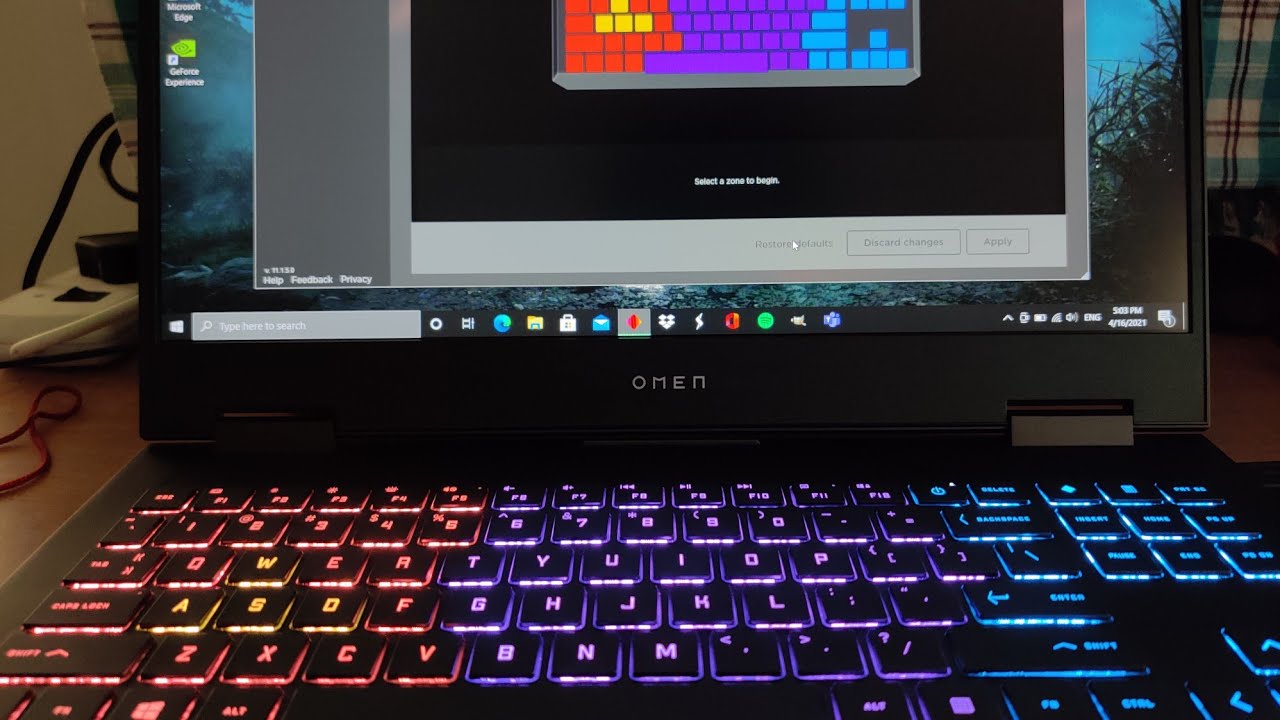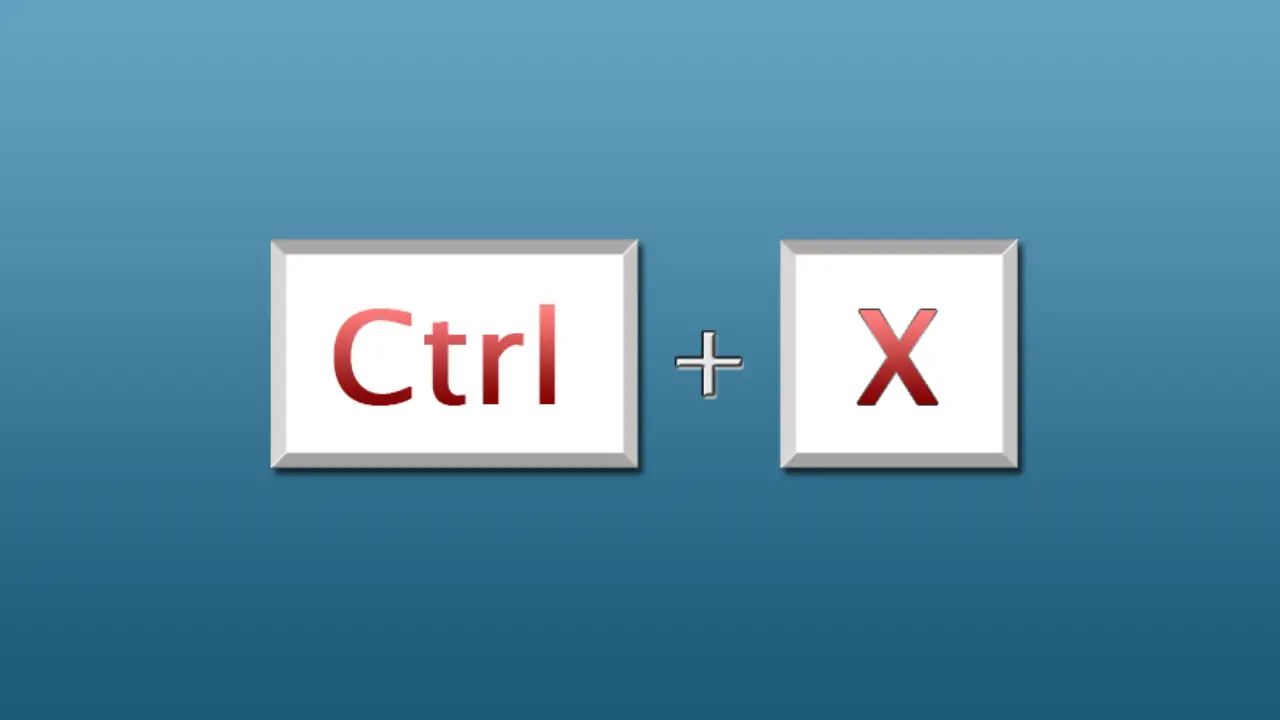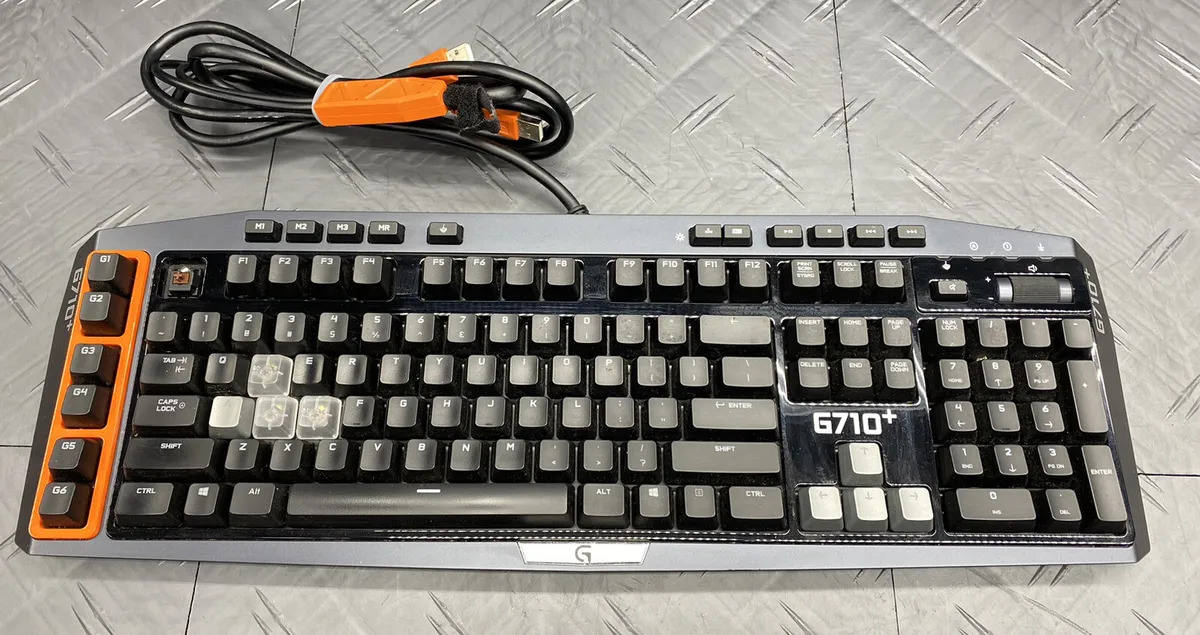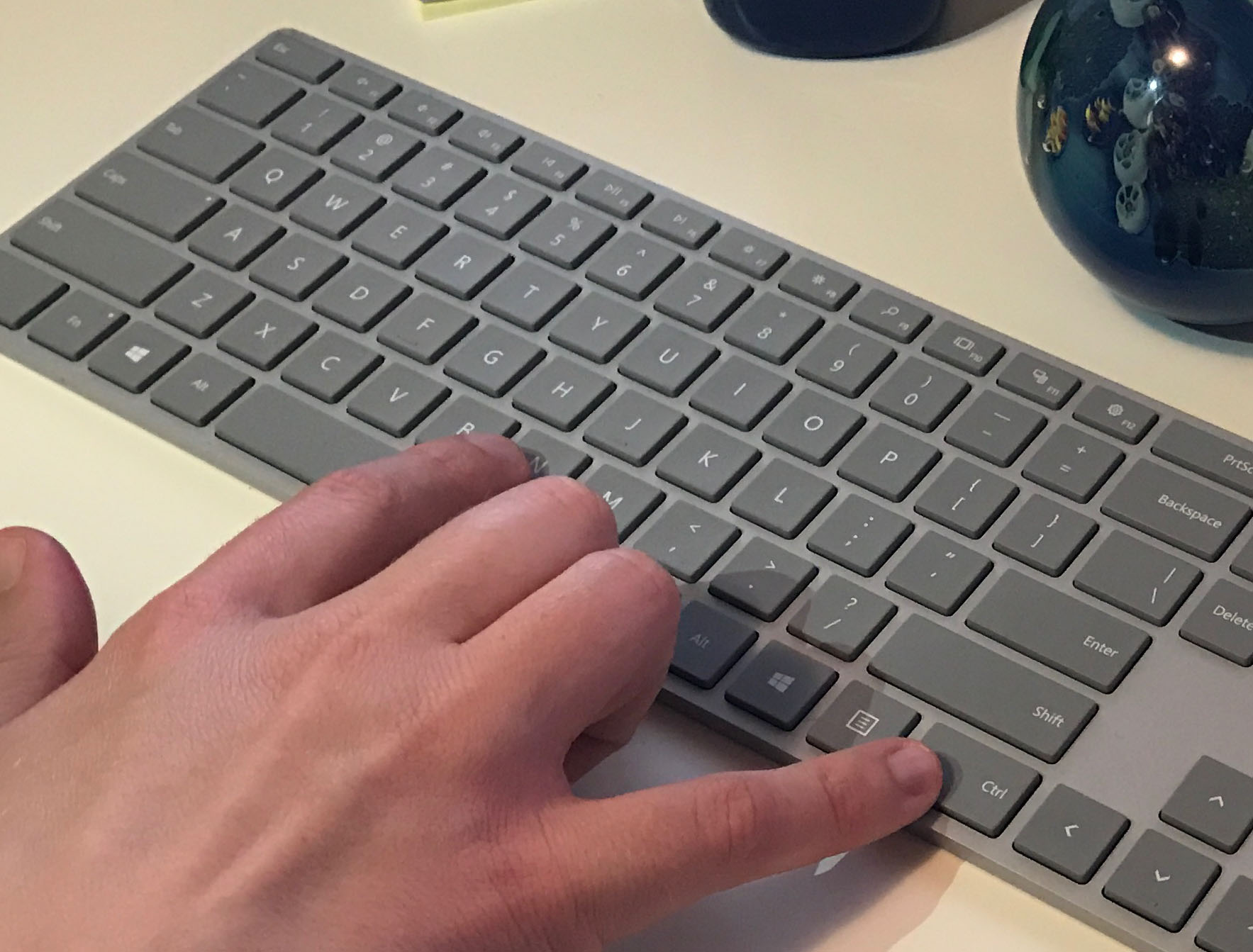What Is the Command Key?
The command key is a modifier key found on most Apple keyboards. It is denoted by a ⌘ symbol and is designed to help users navigate and interact with their computers more efficiently. The command key is typically located on either side of the space bar, next to the option (⌥) key and the control (⌃) key.
The command key is an integral part of the Mac operating system and is used in combination with other keys to perform various actions and shortcuts. It acts as a shortcut or “command” to execute specific functions within applications and the operating system itself.
Unlike other keys on the keyboard that have specific characters assigned to them, the command key does not have a specific character associated with it. Its primary purpose is to provide a non-character keystroke that triggers specific actions on the computer.
While the command key is most commonly associated with Apple keyboards, it should be noted that other operating systems, such as Windows and Linux, have similar modifier keys. For example, the control key on a Windows keyboard performs similar functions to the command key on a Mac.
The command key is crucial for Mac users as it allows them to perform a wide range of tasks quickly and efficiently. Whether it’s opening applications, saving files, copying and pasting text, or performing system-level actions, the command key is the go-to modifier key for Mac users.
In the following sections, we will delve deeper into the importance of the command key, its history, and its various shortcuts and symbols.
Why Is the Command Key Important?
The command key plays a vital role in enhancing productivity and efficiency for Mac users. It provides a plethora of shortcuts and functions that help streamline daily tasks. Here are some reasons why the command key is essential:
1. Keyboard Shortcuts: The command key is at the heart of numerous keyboard shortcuts on Mac. These shortcuts allow users to perform actions quickly without the need to navigate through menus or use the mouse. For example, pressing Command+C copies selected text or files, while Command+V pastes them.
2. Application Navigation: The command key facilitates swift app navigation. By combining it with other keys, users can open new tabs, switch between open applications, or even close them. The Command+Tab shortcut, for instance, lets users switch between recently used applications.
3. System-Level Actions: The command key enables users to execute essential system-level actions effortlessly. By pressing Command+Option+Escape, users can force quit an unresponsive application. Pressing Command+Shift+3 captures a screenshot of the entire screen, while Command+Shift+4 allows for selective screenshot capturing.
4. Text Editing: The command key offers a range of shortcuts for text editing. For instance, pressing Command+B applies bold formatting to selected text, while Command+I applies italics. These shortcuts save users time when they need to format text or make quick changes in a document.
5. Application-Specific Functions: Different applications provide their own set of command key shortcuts for specific functions. For example, in a web browser, Command+T opens a new tab, while Command+R refreshes the page. Being familiar with these application-specific shortcuts can significantly improve workflow efficiency.
6. Accessibility Options: The command key also plays a role in accessibility options on Mac. By pressing Command+Option+F5, users can access the Accessibility Options menu, where they can adjust settings for voice control, keyboard accessibility, and more.
7. Consistency across Apple Products: The command key provides a consistent experience for Mac users across different Apple products. Whether it’s a MacBook, iMac, or Mac Mini, users can rely on the command key to perform various functions, making the transition between devices seamless.
Overall, the command key offers a wide range of shortcuts and functions that enhance productivity and ease of use for Mac users. Its integration into the macOS alongside application-specific functions makes it an indispensable tool for efficient navigation and execution of tasks.
History of the Command Key
The history of the command key dates back to the early days of Apple computers. It was introduced with the original Apple Macintosh in 1984, which revolutionized the personal computer industry with its innovative graphical user interface.
The decision to include the command key as a modifier key was influenced by several factors, including the need for a dedicated key to execute commands and perform shortcuts. The symbol chosen for the command key, ⌘, was inspired by the “place of interest” symbol used on Swedish road signs, as Apple co-founder Steve Jobs spent time in Sweden during his youth.
In the early Macintosh computers, the command key was primarily used to access the hierarchical menus of applications. Users would press the command key along with a letter or number key to trigger specific commands within the application. This approach made it more intuitive and efficient for users to navigate and interact with their computers.
Over the years, the command key’s functionality expanded as Apple continued to refine and evolve its operating systems. It became a critical component of keyboard shortcuts, allowing users to perform tasks quickly and efficiently without needing to use the mouse or navigate through menus.
Despite its initial association with Apple computers, the command key’s influence extended beyond the Mac platform. With the rise of graphical user interfaces and the standardization of keyboard layouts, other operating systems like Windows and Linux adopted modifier keys similar to the command key.
Over time, different variations of the command key symbol emerged depending on the region and keyboard layout. While the original symbol ⌘ is commonly used in macOS and Apple keyboards, the Windows and Linux equivalents use the Super key or the Windows key.
Today, the command key remains an integral part of the macOS experience. It continues to provide users with a convenient and efficient way to interact with their computers, executing commands, navigating applications, and enhancing workflow productivity.
As Apple continues to innovate and enhance its products, the command key may undergo further iterations and adaptations to meet the evolving needs of users. However, its legacy as a versatile and essential component of Apple’s keyboard layout is firmly established.
The Location of the Command Key on Different Keyboards
The location of the command key can vary depending on the keyboard layout and the manufacturer. While the command key is most commonly associated with Apple keyboards, it can also be found on keyboards designed for other operating systems. Here’s a look at where you can typically find the command key on different keyboards:
- Apple Keyboards: On Apple keyboards, the command key is located on either side of the space bar, next to the option (⌥) key and the control (⌃) key. It is denoted by the ⌘ symbol.
- Windows Keyboards: Windows keyboards typically do not have a dedicated command key. Instead, they feature the Windows key, which is usually located between the left control key and the left alt key. The Windows key serves a similar purpose to the command key, providing access to system-level functions and shortcuts.
- Linux Keyboards: Like Windows keyboards, Linux keyboards do not have a specific command key. Instead, they often have a key labeled “Super” or “Meta.” This key, typically located next to the left alt key, performs functions similar to the command key on Apple keyboards.
- Custom Keyboards: Some keyboards designed for specific purposes or customized layouts may have a command key in a different location. These keyboards are often used by programmers or power users who assign the command key to a more convenient position based on their workflow and preferences.
It’s worth noting that while the physical location of the command key may vary, its functionality remains the same across different keyboards. Whether it’s the command key on an Apple keyboard, the Windows key on a Windows keyboard, or the Super/Meta key on a Linux keyboard, they all provide access to system-level functions and shortcuts to enhance the user experience.
When using a non-Apple keyboard with a Mac computer, it’s important to adjust to the different key layout and understand the equivalent key to the command key on that particular keyboard. This ensures you can still take advantage of the various shortcuts and functions available on macOS.
Regardless of the keyboard you’re using, the command key remains an essential component for executing commands, performing shortcuts, and increasing productivity on your computer.
Command Key Symbols and Shortcuts
The command key on Mac keyboards is accompanied by various symbols that represent specific functions and shortcuts. Understanding these symbols is essential for utilizing the full potential of the command key. Here are some common command key symbols and their associated shortcuts:
- ⌘ Command Symbol: The ⌘ symbol is the primary representation of the command key. It is used in combination with other keys to perform a vast array of shortcuts and actions.
- ⌘ + C: This shortcut copies selected text or files. It is widely used for duplicating content within applications or transferring data between different locations.
- ⌘ + V: The shortcut to paste copied or cut content. It allows you to insert previously copied or cut items into a document, email, or any other text field.
- ⌘ + Z: Pressing these keys will undo the previous action. It is a handy shortcut to revert any unintended changes made while editing text, images, or other elements.
- ⌘ + S: This shortcut saves the current file or document. It is an essential shortcut to ensure that your work is regularly saved and protected against unexpected computer crashes or power outages.
- ⌘ + A: Use this shortcut to select all content within an application or document. It is a time-saving shortcut when you need to perform bulk operations on a large amount of text or data.
- ⌘ + Tab: Pressing these keys together allows you to switch between open applications. It provides a quick way to navigate between different programs without using the mouse.
- ⌘ + Spacebar: This shortcut opens Spotlight, a powerful macOS search tool. With Spotlight, you can search for files, launch applications, perform calculations, and even look up information on the web.
- ⌘ + Shift + 3: This combination captures a screenshot of the entire screen and saves it to the desktop. It is a useful shortcut for capturing and sharing information or troubleshooting issues.
- ⌘ + Shift + 4: Pressing these keys allows you to capture a selective screenshot. It turns the cursor into a crosshair, enabling you to choose a specific area of the screen to capture.
- ⌘ + Spacebar: Use this shortcut to open the Spotlight search menu. It provides quick access to search files, launch applications, perform calculations, and even find information on the web.
These are just a few examples of the many command key shortcuts available on Mac. Depending on the application you are using, there may be additional command key symbols and corresponding shortcuts specific to that application.
Familiarizing yourself with these symbols and shortcuts can greatly enhance your productivity and efficiency when using your Mac. They allow you to perform tasks quickly and efficiently, without the need to navigate through menus or use the mouse extensively.
Alternatives to the Command Key
While the command key is commonly associated with Apple keyboards, other operating systems have their own modifier keys with similar functionalities. Here are some alternatives to the command key on different platforms:
- Windows Key: On Windows keyboards, the Windows key serves as an alternative to the command key. Like the command key, it provides access to system-level functions and shortcuts. It is typically located between the left control key and the left alt key. Pressing the Windows key in combination with other keys allows users to perform various actions and navigate the operating system efficiently.
- Super/Meta Key: Linux keyboards often have a key labeled “Super” or “Meta” that functions similarly to the command key. It is usually located next to the left alt key. The Super/Meta key can be used in combination with other keys to execute commands, open applications, or trigger system-level functions. It is highly customizable in Linux systems, allowing users to assign specific shortcuts or macros based on their individual preferences.
- Control Key: On both Mac and Windows keyboards, the control (Ctrl) key can be used as a modifier key to perform various functions and shortcuts. While it doesn’t have the same extensive range of commands as the command key, it is still widely used in combination with other keys to execute specific actions. For example, Ctrl+C and Ctrl+V are commonly used for copying and pasting text on both platforms.
It’s important to note that the availability and location of these alternative modifier keys may vary depending on the keyboard design and layout. However, they serve a similar purpose to the command key by providing quick access to commonly used functions and shortcuts.
Whether you’re using a Mac, Windows, or Linux system, understanding the alternative modifier keys can help you navigate and interact with your computer more efficiently. Taking the time to familiarize yourself with these keys and their associated shortcuts can enhance your productivity and streamline your workflow regardless of the operating system you’re using.









